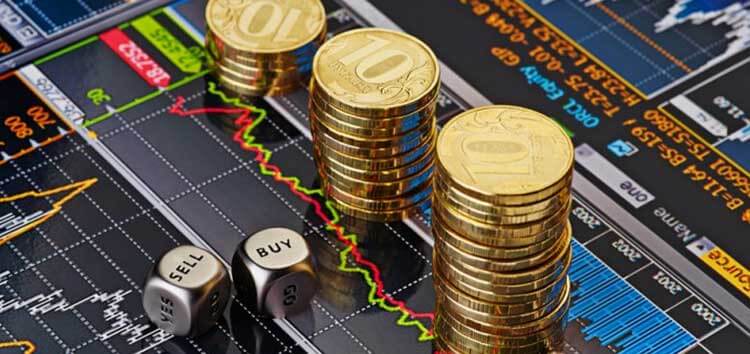
Markets are constantly rising and crashing and traders always try to work out what makes this happen. Let’s discuss the 4 key indicators that move the stock market.
Even the most experienced traders are unable to pinpoint the exact reasons for the market’s violent mood swings because there exist a plethora of factors, the combination of which leaves stockholders richer or poorer at the end of the day. Corporate earnings, political upheavals and market sentiment in general are the prime market movers. But the country’s overall economic condition has the biggest influence in its long-term performance. Therefore, the four key indicators that actually move the market are GDP or Gross Domestic Product (GDP), inflation, labour market conditions and consumer & investor activity. These, in their totality, along with their respective positions in the economic cycle’s current stage broadly affect the share market.
GDP
GDP or Gross Domestic Product (the country’s total output in terms of services and goods over a given time period) is a crucial component of inflation. Yet, it also becomes an important economic indicator. When the GDP of the current year is compared to that of the previous year, it indicates how slowly or fast the country’s economy is contracting or growing. GDP is measurable by either totaling up the economy’s earned income or the economy’s spending power. Both measures are roughly equal.
The gross domestic inflow or income comprises salaries and wages, profits of corporate houses, interest amounts that lenders have collected as also the sum total of taxes the government has in its kitty. The GDP domestic expenditure, on the other hand, comprises consumer spending, investments in the housing sector, government & business spending (building and expansion of factories, inventory and equipment) and the balance of trade (BOT).
The GDP affects inflation and thus, impacts the stock market. It has come to be recognized as a principal indicator of a country’s economic activity as also economic prospects of investors in future. Thus, significant GDP changes sharply impact investing sentiment. When investors actually see the economy improving along with higher corporate earnings, they tend to pay premiums for stocks. On the flip side, a declining GDP directs them towards buying stocks at lower prices, putting the stock market in a tailspin.
The stock market also reversely affects economic activity by a concept known as a wealth effect. This is actually a stock market fall that erodes an investor’s personal or perceived wealth and which forces him to stop spending. With consumer spending representing around 66% of the GDP, a minute change in overall consumption has a notable effect on the GDP. This implies that when stock markets falls, they cause the GDP to dip even further, intensifying the downward spiral of the market.
Inflation
Inflation determines the degree to which an investment’s real value has eroded as also the return rate required to compensate that erosion. In order to combat market risk, a risk premium is receivable and this should be above the current inflation rate. A higher inflation rate implies a higher return on investments, particularly in equity markets. Inflation’s main impact on equity prices actually arises from its effect on corporate earnings. Lower inflation makes company costs dip while increasing their profits. This makes low inflation a better option for markets.
Labor
A country’s employment potential is undoubtedly a major gauge of its economic progress and has a great impact on its stock and bond markets. This is measurable on a daily basis with one-day movements of all stocks being recorded and analyzed carefully, particularly after the country’s monthly employment & unemployment statistics have been announced. Employment also significantly influences the sentiments of consumers and their confidence, which in turn, regulate their investment potential in stock markets. This is clearly reflected in the average monthly performance of the market. With unemployment on the rise, corporate profits are most likely to get adversely affected. This is deducible from the fact that spiraling unemployment leads to a situation where people are not able to make heavy investments, particularly in housing or even indulge in appropriate purchases that drive corporate profits.
Consumer & Investor Activity
When activity levels of consumers fluctuate, it directly impacts corporate profits as also stock prices. Consumer confidence assumes significance here as a more confident consumer is most likely to spend more. The reverse happens when their confidence in the economy dips. With markets being usually forward looking, stock prices usually tend to reflect consumers’ future opinions. Investor activity in housing and real estate is also indicative of whether people intend to make heavy investments. Investor sentiment dictates investor activity and lower interest rates tend to push stock prices higher.
It is established that all the four indicators share a symbiotic relationship and how each affects the stock market becomes difficult to judge. The government’s monetary and fiscal policies influences any country’s economy substantially. Increased GDP, or decreasing unemployment make the market move up while higher inflation causes it to fall.
Published on: Sep 22, 2016, 12:00 AM IST
We're Live on WhatsApp! Join our channel for market insights & updates